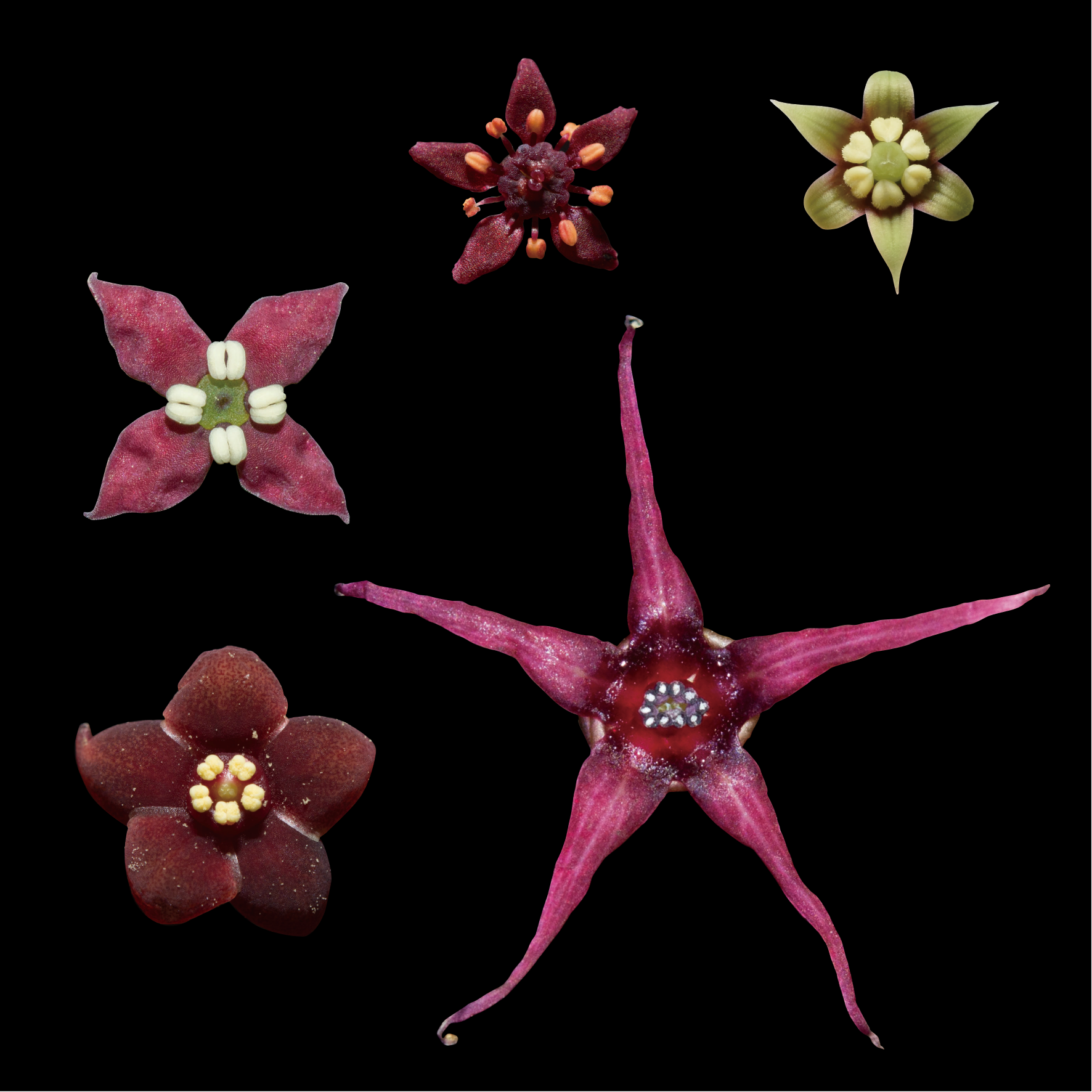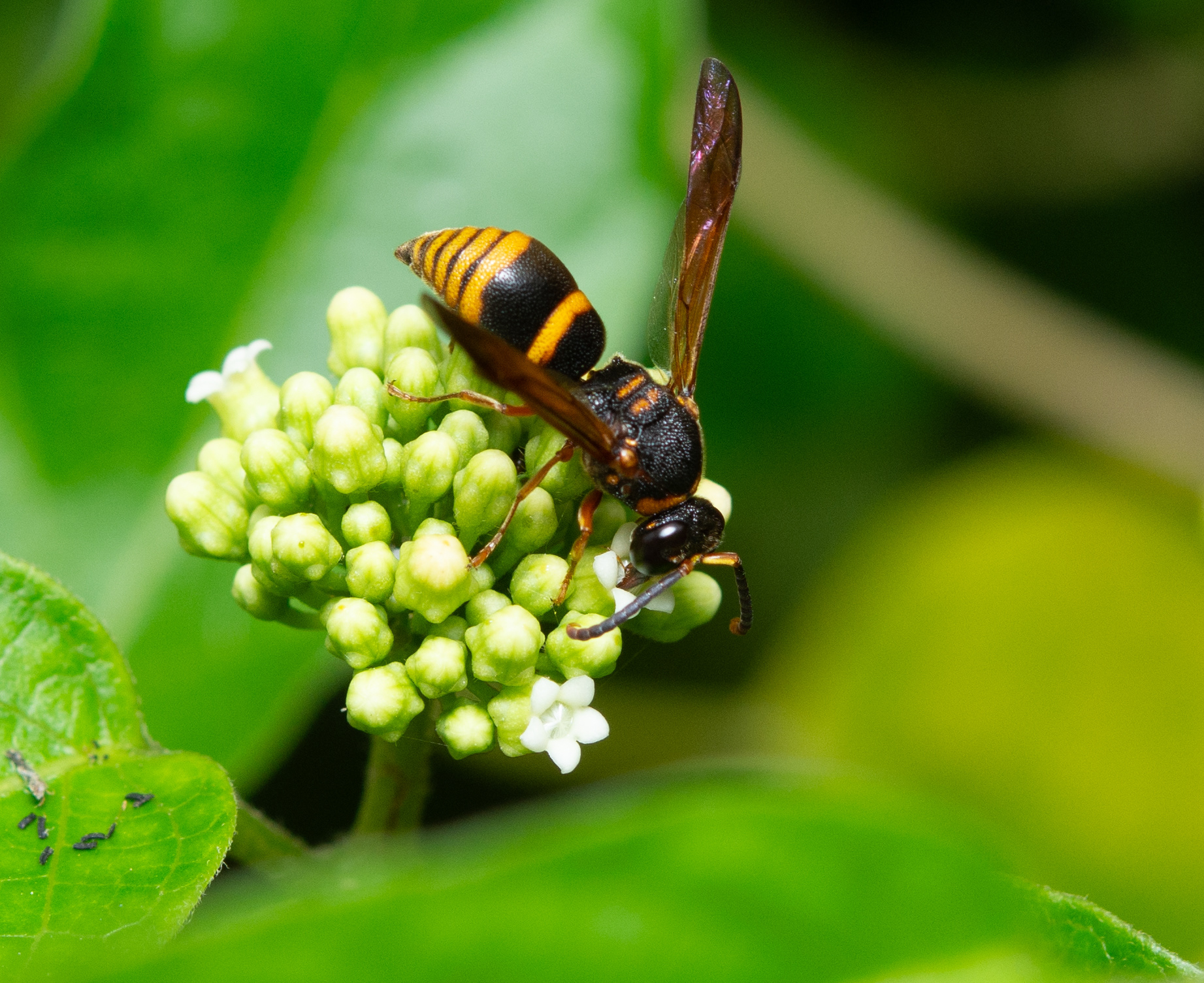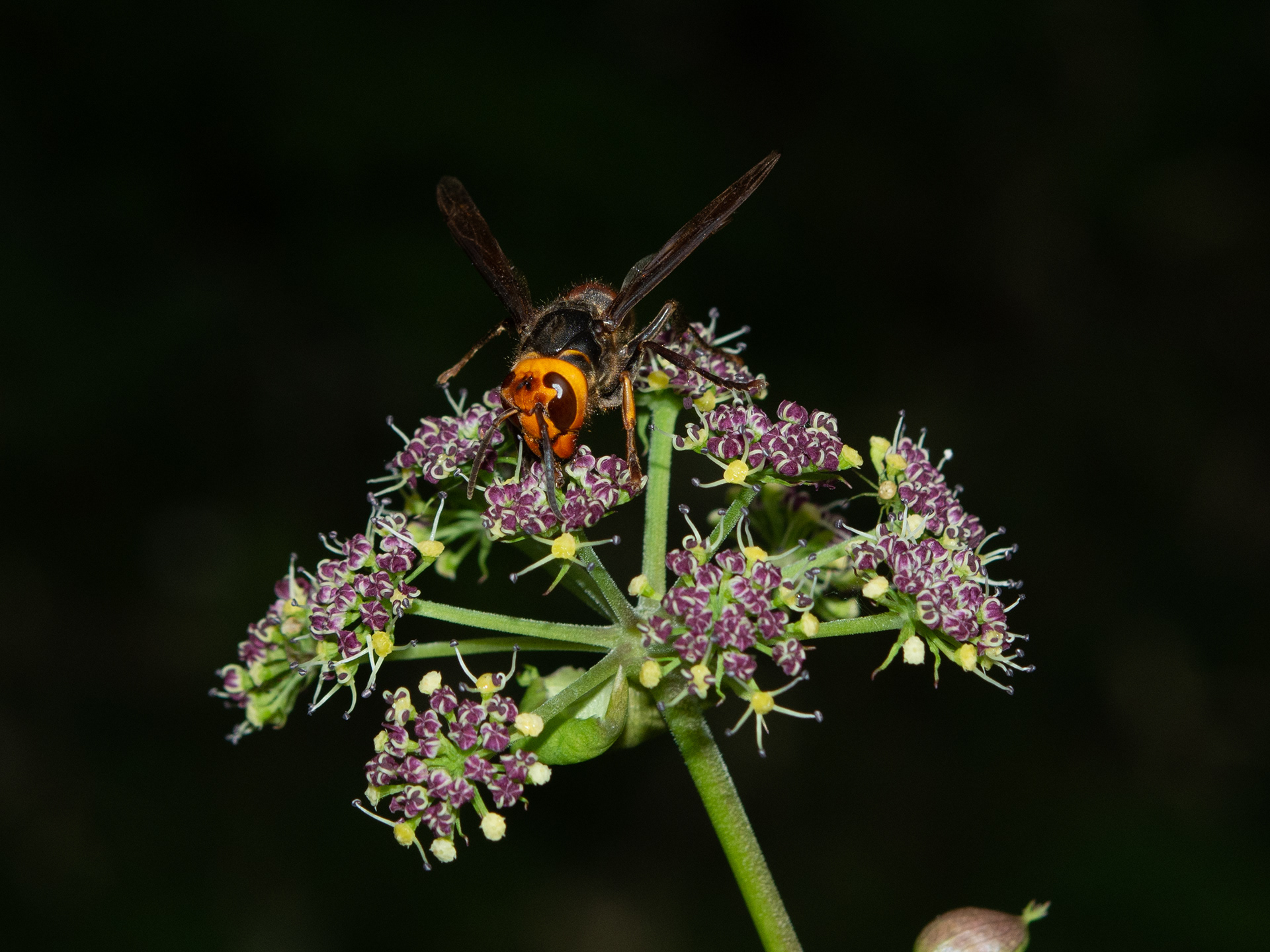ーDeciphering Floral Diversity Through Pollinatorsー
Elucidating the of pollinators is the first step toward understanding the diversity of angiosperm flowers. Pollination ecology, which unravels the relationship between flowers and pollinators, has a history of nearly 150 years and is one of the most advanced fields in macrobiology.
However, pollination ecology has primarily developed by focusing on conspicuous and familiar pollinators, such as bees and birds. Consequently, the roles of less-studied pollinators, such as flies, hunting wasps, and moths, as well as the adaptations of plants to these pollinators, remain poorly understood.
To shed light on the overlooked pollinators and their hidden interactions with plants, I combine fieldwork, phylogenetic and parentage analyses using genetic experiments, and chemical experiments analyzing floral scents in my research.
Keywords: Pollination syndrome, floral scent, Asclepiadoidae, Diptera, wasp, floral mimicry
Methods: field observation, phylogenetic analysis, GC/MS, SEM, herbarium/insect specimen
Research topics
Fungus gnat pollination syndrome
Pollination of Asian Asclepiadoideae
Plants' adaptation to Dipteran pollinators
Red entomophilous flowers

Fungus gnat pollination syndrome

Hoya carnosa

Marsdenia tinctoria
